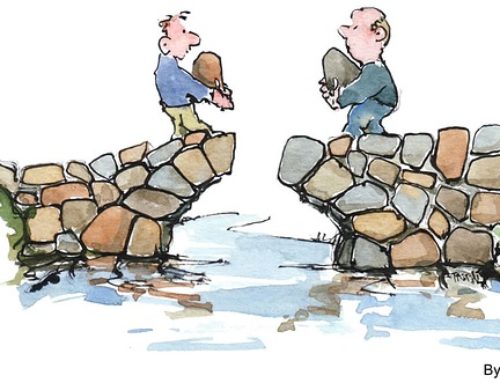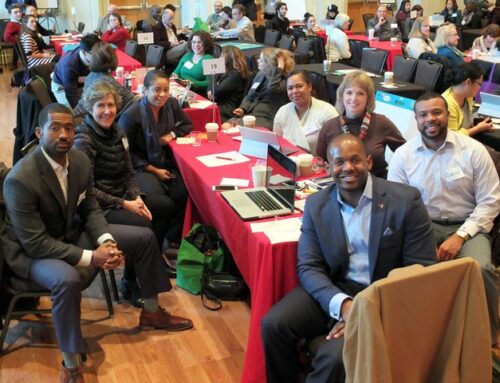When asked, many project managers will say that the beginning of the project is when the charter is written. Historically, this is the case, from their perspective. But that’s why we have so many disconnects between our leadership that is devising these great strategies and the project delivery processes.
Months and sometimes years before a project is initiated, the idea is germinating in someone’s mind or on some strategy document somewhere that the PMs rarely get to see. It’s no wonder the PM doesn’t have a lot of context about the business purpose of the project.
The business leaders and sponsors of these projects know in their head what they want because they spent a great deal of time thinking about it and possibly even debating it and justifying it with leadership before the PM is ever involved (and if they haven’t thought it through, we can address that, as well). While it is ideal to have the PM involved from the beginning of this strategy discussion, even if that doesn’t happen, there is an important process that MUST take place to then bring the PM and project team up to speed on the actual scope of the work.
So where does the project start? The business case.
In my methodology, I have a phase called Discovery. The Discovery phase is where a project idea is vetted and developed into a business case that can be effectively communicated to others to clearly define the purpose, expected outcomes, and measurable value criteria. Essentially, the business case needs to address the Why: Why is this project a good idea? That business case is the input into a portfolio prioritization process that helps the business leaders determine the value to the organization and the beginnings of the return on investment (ROI).
But what if the ROI isn’t clear?
Don’t do the project until it is. You could waste tons of time and money on a project that won’t deliver benefits that would make the project worth doing in the first place. Get clear on the ROI fast.
But what if they haven’t thought that idea through completely?
That’s very often going to be the case, so don’t worry! That’s the point of a Discovery phase. To allow you to answer some questions about the business case for making the change and determine what other answers are needed before you have the information necessary for leadership to make educated and informed decisions about the value of the project, how it stacks up against other initiatives, and what can be expected upon completion of the change.
The Discovery phase is also a place where you can start giving t-shirt size measurements to the project. Is it a small, medium or large project? Defining this at the beginning of a project helps you apply the right level of PM best practices to the project, as well as begin to identify a possible time frame (short, medium, long as you define it internally) and how heavy your resource requirements are going to be.
In your methodology, you want to ensure that you are right-sizing your approach to the complexity of the project. It’s best to have some project sizing criteria that you review at this point in the project life-cycle to ensure that you are only going to apply the right tools to do the job. You don’t need plumbing equipment to hang a picture.
But what if I don’t have a flexible project methodology? Then we need to talk. You really do need to have something flexible that allows you to use the templates, steps, and resources you need for the size of the project. Just like you wouldn’t treat every person the same way, you need to be able to handle the different projects in the way that will help them best accomplish their goals without creating undue strain on resources creating, reviewing and trying to incorporate deliverables that are not providing value to the projects.
Now, to be clear, I’m NOT saying just pick and choose the templates you want to use because you don’t want to do the work of project management. I’m saying that you should use all of the templates and resources that help facilitate the completion of the project. For example, you always need a business case to tell you why you are doing the project. If you don’t, how are you going to clearly explain the why so that everyone on the project understands the goals and purpose of the initiative? You want all project stakeholders crystal clear on the purpose and goals so that they are always thinking about the outcomes when they are working on your deliverables. However, you may not templates that are used for an IT project if you are doing a corporate reorganization project.
If you are a PMO leader or responsible for building project management capability in your organization, you will greatly benefit your organization if you ensure that the project management methodology you develop accounts for business case development to engage project sponsors, project managers, and team members to ensure that the transition from project idea to project delivery is seamless. You can call that phase Discovery.
The IMPACT Engine PMO course is coming soon! Make sure to sign up for our newsletter to get notified when we launch!
Thanks for taking the time to read this article.
Click here to receive these blog posts right to your inbox.
Fill out our one-minute survey if you have topics you would like read more about.
I welcome your feedback and insights. Please leave a comment below.
See you online!
Warmly,








